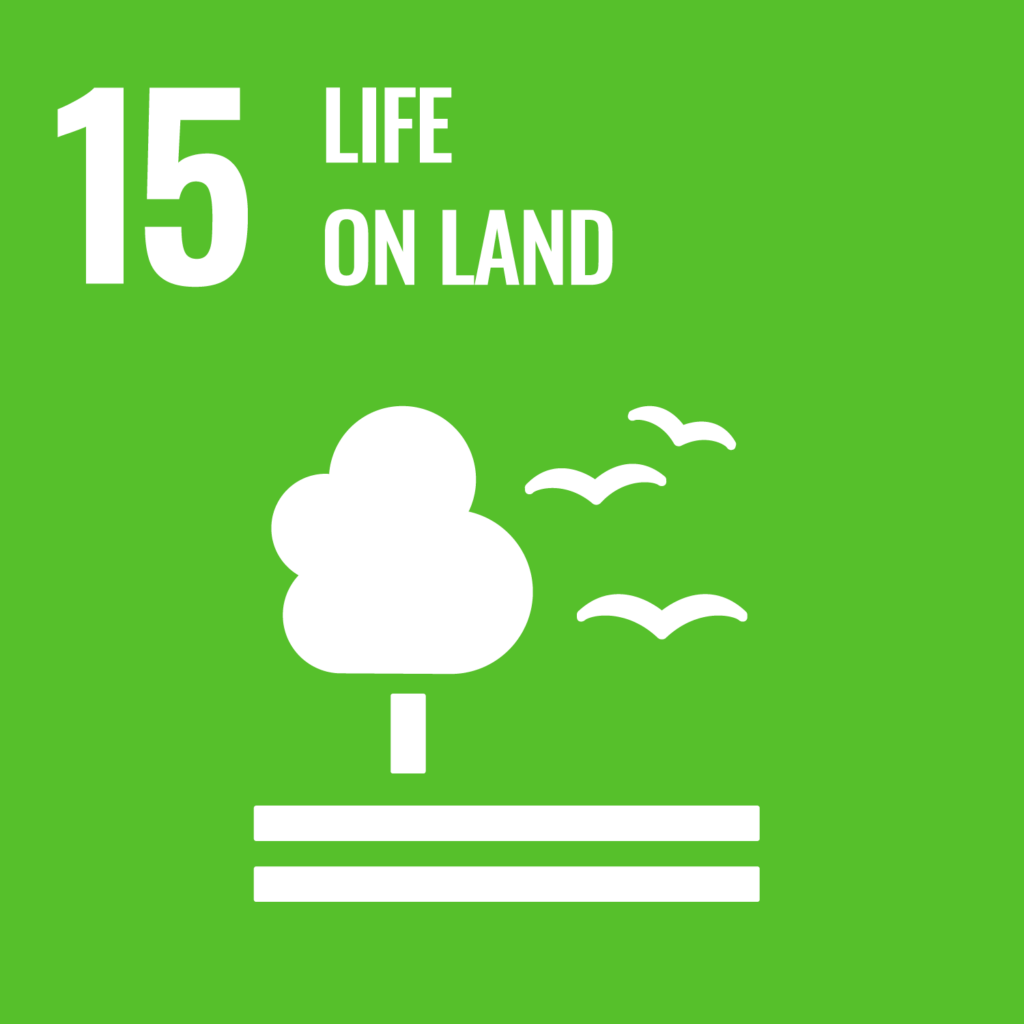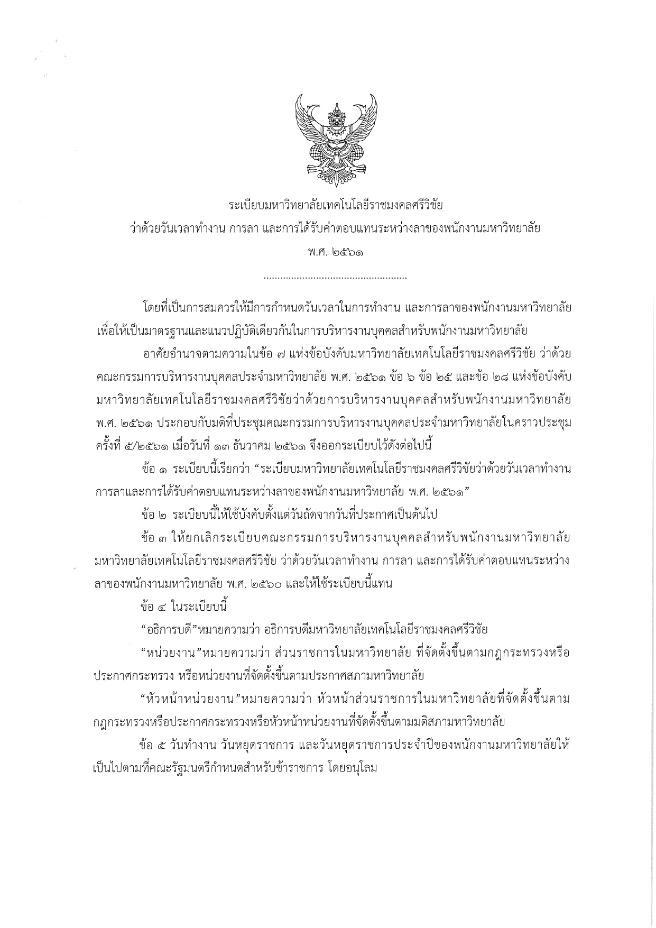Reporters: Assoc.Prof.Dr. Pornsil Seephueak
Asst.Prof.Dr. Prapot Maliwan
Asst.Prof.Dr. Nion Chirapongsathonkul
Dr. Worawitoo Meesook
Evidence Date: February – December 2022
Related SDGs:

Related Indicator: Indicator 15.3.1
Details (English):
RUTS and the Faculty of Agriculture has proposed to increase the income of local people and farmers’ especially those of grassroot farmers. Situated in Nakhon Si Thammarat Province, our faculty focuses on various areas, including coastal aquaculture. In this region, many individuals have converted their land for the construction of shrimp ponds. Unfortunately, shrimp farming has faced significant challenges due to diseases and emerging pathogens, which have led to a decline in successful shrimp cultivation. Farmers who rear shrimp incur losses from shrimp farming, leading to a lack of capital for future rounds of cultivation. Consequently, they abandon shrimp ponds, leaving them unused and poorly managed without any restoration efforts to return them to a better state. Most abandoned shrimp ponds, left untreated and without proper restorative measures, accumulate high amount of various harmful substances including organic matter, ammonia, nitrate, methane and hydrogen sulfide. These substances pose a threat to the environment, as well as to agricultural livelihoods and the practice of aquaculture
To our knowledge and the data from the Department of Fisheries, Thailand, there are more than 60,000 ponds registered as the culture pond but the active ones are less than 20%. There is large amount of abandoned shrimp ponds in Nakhon Si Thammarat Province largely attributed to the economic crisis that began in 2019. It seems that abandoned farms and areas have continued to proliferate because of the aforementioned phenomenon.


Figure 1. Abandoned shrimp ponds in Nakhon Si Thammarat.
In response to the restoration of the abandoned shrimp ponds to become the land suitable for agricultural or aquacultural use, the AquaBiot research team from the Faculty of Agriculture, led by Asst.Prof.Dr. Nion Chirapongsatonkul, Dr. Kittichon U-taynapun, and their research assistants, has focused on the biological measures for treatment. This team has granted from the National Research Council of Thailand (NCRT) through the project entitled “Learning Center: Communal Microbial Bank for Environment Friendly Aquaculture” under the Supporting Activities to Support and Promote Research and Innovation (Knowledge Management and Technology Transfer). They have successfully isolated specific strains of photosynthetic bacteria (PSB) from the local sites and conducted extensive research on PSB products, PSB SaiYai, formulated in various ways. These PSB products are primarily designed to address issues related to hydrogen sulfide, organic matter, ammonia, and nitrite in shrimp ponds. The research team introduced these PSB products to shrimp farmers, who can utilize them during pond preparation. Researchers are educators in transferring knowledge related to the cultivation, propagation, benefits, and usage of PSB for improving abandoned shrimp ponds to make them suitable for aquaculture. Moreover, via the support of NRCT and RUTS, the learning center: communal microbial bank has been established as a station for learning, starter collection and PSB distribution for farmers, local people and engaged people in Moo 4 Nong Hong Subdistrict, Hua Sai District, Nakhon Si Thammarat. The PSB SaiYai seed or inoculum has been cultivated at the AquaBiot laboratory and the demonstration farm on RUTS Nakhon Si Thammarat Campus.


Figure 2. PSB SaiYai seed and the demonstration farm where produces PSB SaiYai seed in RUTS Nakhon Si Thammarat Campus.


Figure 3. Training and knowledge transfer about PSB and the communal microbial bank located in the Demonstration Farm, Moo 4 Nong Hong Subdistrict, Hua Sai District, Nakhon Si Thammarat Province.
After treatment with PSB SaiYai, the levels of harmful substances decrease significantly, often reaching zero or near-zero levels, making the treated ponds suitable for new shrimp culture. This approach has shown gradual increases in shrimp production and reduced production costs compared to untreated ponds. Some of the PSB produced from microbial bank was subjected to public canals for water treatment and environment retrieval. Moreover, this activity was aimed to enhance people engagement to improve the environment which has direct effect on lives and career.


Figure 4. PSB and the treated ponds.
The community microbial bank and the use of PSB to restore abandoned shrimp ponds to a condition suitable for aquaculture were inspected and visited by qualified personnel from the NRCT on December 10, 2022. The project received a favorable evaluation, benefiting the public and farmers by allowing them to utilize the once-abandoned land for livelihoods. This initiative contributes to sustainable land use for occupational purposes.


Figure 5. The visit of the qualified individuals at the communal microbial bank on December 10, 2022.
Related Links:
https://www.rmutsv.ac.th/th/announcement-sdgs



